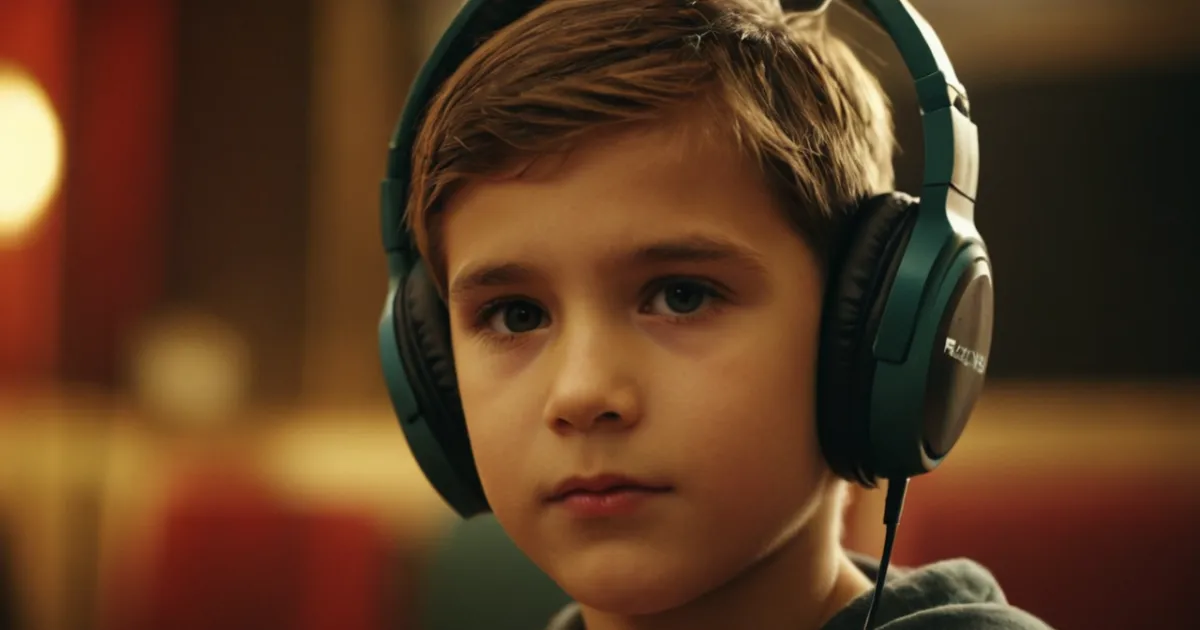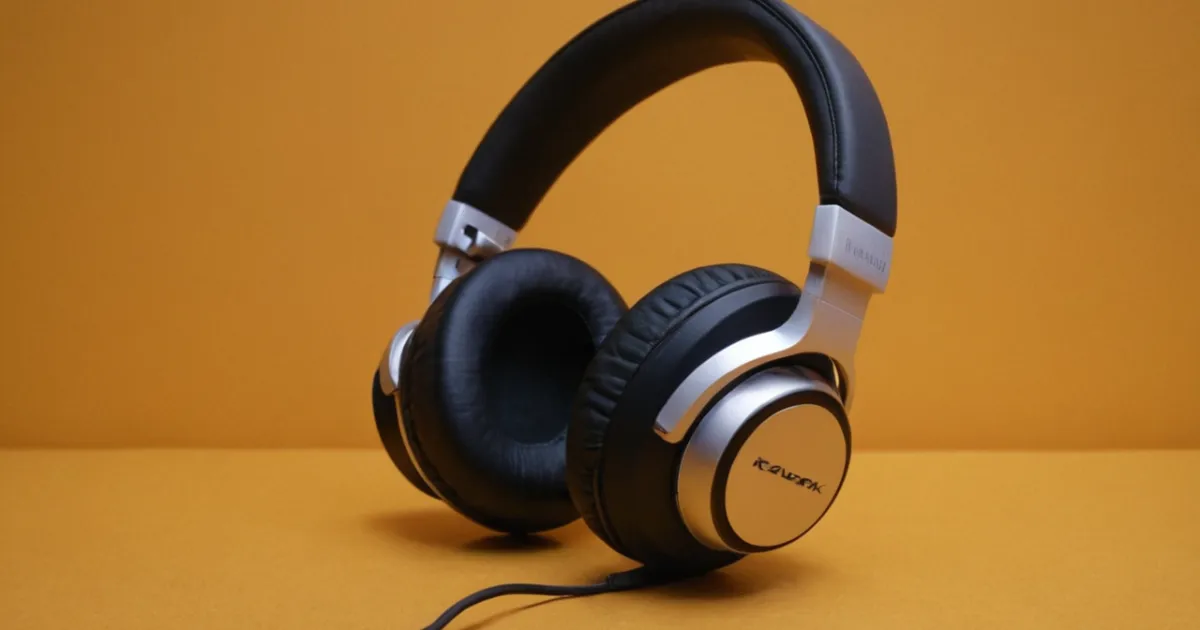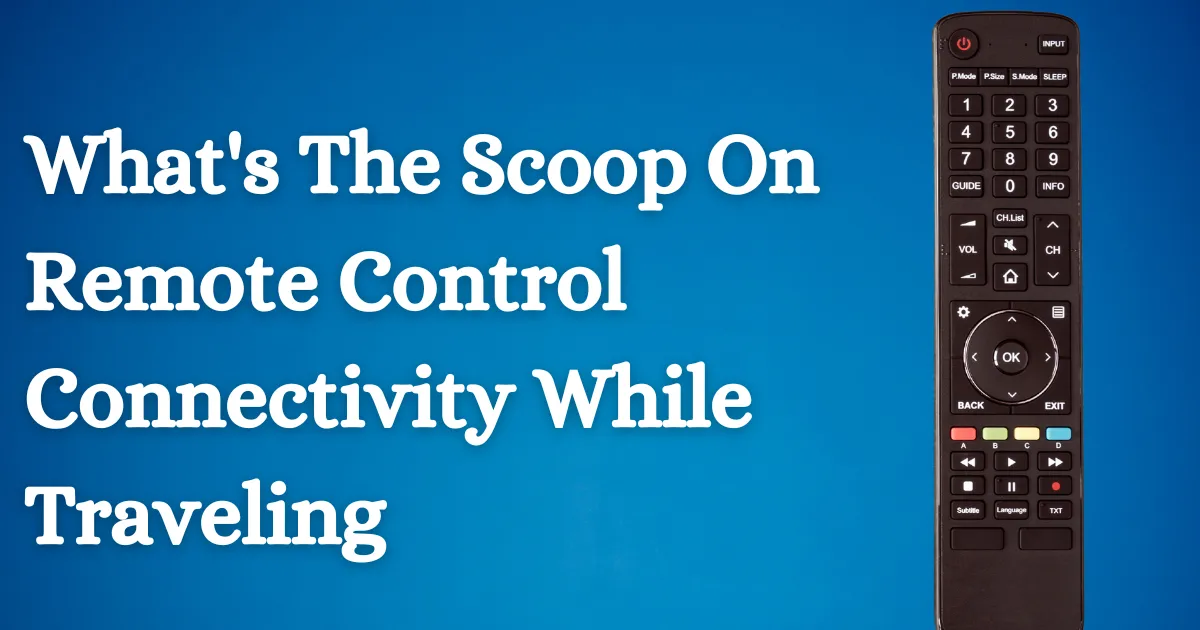
Is It Okay to Use Travel Headphones With Young Children? Let’s dive into this topic and discover whether it’s a good idea or not. Travel headphones can be a lifesaver when you’re on the go, but should they be used with young children?
You might be wondering if it’s a smart move to let your little ones use travel headphones. Safety, hearing development, and the impact on their overall experience are important factors to consider. So, in this article, we’ll explore whether it’s okay to use travel headphones with young children.
Is It Okay to Use Travel Headphones With Young Children?
Travel headphones can be a great option when traveling with young children. They provide entertainment and help keep kids engaged during long journeys. However, there are a few things to consider: volume levels should be kept at a safe level to protect their hearing, and headphones should fit properly to ensure comfort.
Additionally, it’s important to balance headphone use with other activities and interact with children throughout the trip. With these precautions, using travel headphones with young children can be a convenient and enjoyable option.
Benefits of Using Travel Headphones
Using travel headphones with young children can offer several benefits. Firstly, it allows parents and caregivers to provide a form of entertainment that is specifically tailored to their child’s interests.
Children can listen to their favorite music, audiobooks, or podcasts, which can help pass the time during a long journey. Travel headphones also provide a way for children to engage with educational content, such as language-learning programs or educational podcasts.
Additionally, travel headphones can provide a quieter and more focused environment for children, reducing external noise distractions. This can be particularly beneficial during flights or train rides where there may be loud announcements or conversations happening around them.
By blocking out external noise, travel headphones can help children concentrate on their chosen activity, whether it’s watching a movie or playing a game.
Lastly, using travel headphones can also give parents and caregivers a break. Instead of having to constantly entertain their child or listen to a repeated soundtrack of their favorite show or movie, parents can have some much-needed quiet time or focus on their activities during the journey.
Potential Drawbacks of Using Travel Headphones
Although travel headphones can be a convenient solution, it’s important to be aware of their potential drawbacks. One of the main concerns is the volume levels that children may expose themselves to when using headphones.
Listening to audio at high volumes for extended periods can damage their delicate ears. To avoid hearing loss or damage, it’s crucial to use headphones with built-in volume-limiting features or set volume limits manually on the device the headphones are connected to.
Another concern is the potential for isolation and limited social interaction. Young children are still developing their social skills and ability to interact with others. Using travel headphones for an extended period may hinder their opportunities for socializing and engaging with the world around them.
It’s important to strike a balance between using headphones for entertainment and allowing children to interact with their immediate environment, especially during family trips and vacations.
Lastly, it’s worth noting that not all travel headphones are designed with young children in mind. Some headphones may be uncomfortable, poorly fitting, or not suitable for small heads. These factors can lead to discomfort and distractions during the journey. When choosing travel headphones for young children, it’s essential to select ones that are specifically designed for their size and comfort.
Tips for Safe and Responsible Use of Travel Headphones
To ensure the safe and responsible use of travel headphones with young children, here are some helpful tips:
- Choose headphones with volume-limiting features: Look for headphones that have built-in volume limiters or those that comply with safe decibel levels for children.
- Set volume limits manually: If you don’t have volume-limiting headphones, make sure to set a safe volume level manually on the device the headphones are connected to.
- Supervise and monitor usage: Parents and caregivers should supervise and monitor their children’s usage of travel headphones, ensuring that they are using them responsibly and not exceeding safe volume levels.
- Take regular breaks: Encourage your child to take regular breaks from using headphones to rest their ears and engage in other activities or social interactions.
- Choose headphones that fit well: Select headphones that are adjustable and comfortable for young children, ensuring a proper fit to avoid discomfort during the journey.
By following these tips, you can ensure that the use of travel headphones with young children is safe and beneficial.
Protecting Your Child’s Hearing: The Importance of Volume Limiting Features
When it comes to using travel headphones with young children, one of the most important factors to consider is the presence of volume-limiting features. These features are designed to restrict the maximum volume level that can be reached by the headphones, helping to protect your child’s hearing.
Volume limiting features work by capping the maximum decibel level output of the headphones. This prevents children from accidentally or intentionally turning the volume up too high, which can lead to hearing damage.
It’s important to choose headphones that have a volume-limiting feature, especially when using them with young children who may not have a sense of what a safe volume level is.
Some headphones have volume limiters built directly into the hardware, while others rely on software control through the device they are connected to. Make sure to read the product specifications or consult with a sales representative to ensure that the headphones you choose have volume-limiting capabilities.
Additionally, it’s a good idea to familiarize yourself with the recommended safe volume levels for children, which are typically around 85 decibels (dB) or lower.
Remember, protecting your child’s hearing should be a top priority when using travel headphones. Taking the necessary precautions and investing in headphones with volume-limiting features can go a long way in safeguarding their hearing health.
Role of Parental Supervision in Using Travel Headphones
While travel headphones can offer many benefits for both children and parents, it’s important to remember that parental supervision is crucial when it comes to their usage. Parents and caregivers should actively monitor their children’s usage and ensure that they are using headphones responsibly and safely.
Here are some key aspects of parental supervision to consider:
Setting Time Limits
Parents should establish time limits for headphone usage to prevent children from excessively using them. Setting guidelines and restrictions on how long children can use travel headphones can help promote healthy habits and prevent overexposure to audio content.
Monitoring Volume Levels
Parents should regularly check the volume level on the device the headphones are connected to and ensure that they are set at a safe level. This involves familiarizing themselves with the recommended safe decibel levels for children and keeping volume levels within that range to prevent hearing damage.
Encouraging Interaction and Breaks
Parents should encourage their children to take breaks from using headphones and engage in other activities or interact with their surroundings. This promotes social interaction, prevents isolation, and allows children to experience the journey to its fullest.
Choosing Suitable Content
Parents should carefully select and curate the content their child listens to or watches through their travel headphones. It’s important to choose age-appropriate, educational, and entertaining content that aligns with the child’s interests and values.
By providing active and responsible supervision, parents can ensure that their child’s use of travel headphones remains safe, enjoyable, and beneficial.
Frequently Asked Questions
When it comes to using travel headphones with young children, it’s natural for parents to have questions. Here are some common inquiries and their answers to help you make an informed decision.
1. What are the benefits of using travel headphones for young children?
Travel headphones can be a great tool for young children during trips. They provide a way for kids to enjoy their favorite music, audiobooks, or movies while minimizing noise distractions. This can help keep them entertained and engaged during long journeys, making the travel experience more pleasant for everyone.
Additionally, travel headphones can be helpful in noisy environments, such as airplanes or trains, where excessive noise levels may be overwhelming for young children. By reducing the ambient noise, headphones can create a calmer and more comfortable atmosphere for the child.
2. Are travel headphones safe for young children’s hearing?
When used responsibly and in moderation, travel headphones are generally safe for young children’s hearing. It’s crucial to choose headphones designed specifically for kids, as they have built-in volume limitations to prevent potential damage to their delicate ears. These headphones usually have a maximum volume level of around 85 decibels, which is considered safe for children.
As a general rule, it’s important to supervise your child’s headphone usage and ensure they are listening at a comfortable volume. Regular breaks from headphone use are also recommended to give their ears a rest. By following these guidelines, you can help protect your child’s hearing as they enjoy their favorite content with travel headphones.
3. At what age is it appropriate to introduce travel headphones to young children?
The right age to introduce travel headphones to young children can vary. Generally, children around the age of three or four can begin using travel headphones under adult supervision. However, each child is unique, and parents should consider their child’s maturity, attention span, and ability to handle headphones responsibly.
It’s important to start with shorter listening sessions to gauge how well your child responds to using headphones. Observe their comfort level and make adjustments as needed. If your child shows signs of discomfort, such as pulling the headphones off or complaining about them, it may be best to wait a little longer before trying again.
4. How can I ensure my child’s headphone use is balanced with other activities?
While travel headphones can enhance your child’s travel experience, it’s essential to maintain a healthy balance with other activities. Encourage your child to participate in a range of activities during travel, such as reading, playing games, or engaging in conversation. This helps avoid excessive screen time and ensures a well-rounded experience.
Setting time limits for headphone use can also be beneficial. Determine a reasonable duration for headphone use during travel and communicate it with your child. This way, they can enjoy their favorite content while still engaging in other activities and maintaining a healthy equilibrium.
5. Are there any potential drawbacks to using travel headphones with young children?
While travel headphones can be a valuable tool, it’s important to be aware of potential drawbacks. Extended or excessive use of headphones may isolate children from their surroundings, hindering their ability to interact socially or be aware of potential safety risks. This is why it’s crucial to strike a balance and ensure headphones are not the sole source of entertainment during travel.
In addition, some children may experience discomfort or find it difficult to adjust to wearing headphones initially. It’s essential to choose headphones that are comfortable and have an adjustable fit to accommodate different head sizes. Being attentive to your child’s comfort and preferences can help address any potential issues and make their experience with travel headphones more enjoyable.
Using travel headphones with young children can be okay, but there are a few important things to consider. First, make sure the volume is set at a safe level to protect their hearing.
Second, limit their screen time and encourage breaks to avoid overstimulation. Lastly, choose appropriate content that is educational and age-appropriate to maximize the benefits of using travel headphones.
To sum it up, travel headphones can be a useful tool for children while traveling, but it’s essential to prioritize their safety, well-being, and use them responsibly. By following these guidelines, parents and caregivers can help create a positive and enjoyable experience for young travelers.





